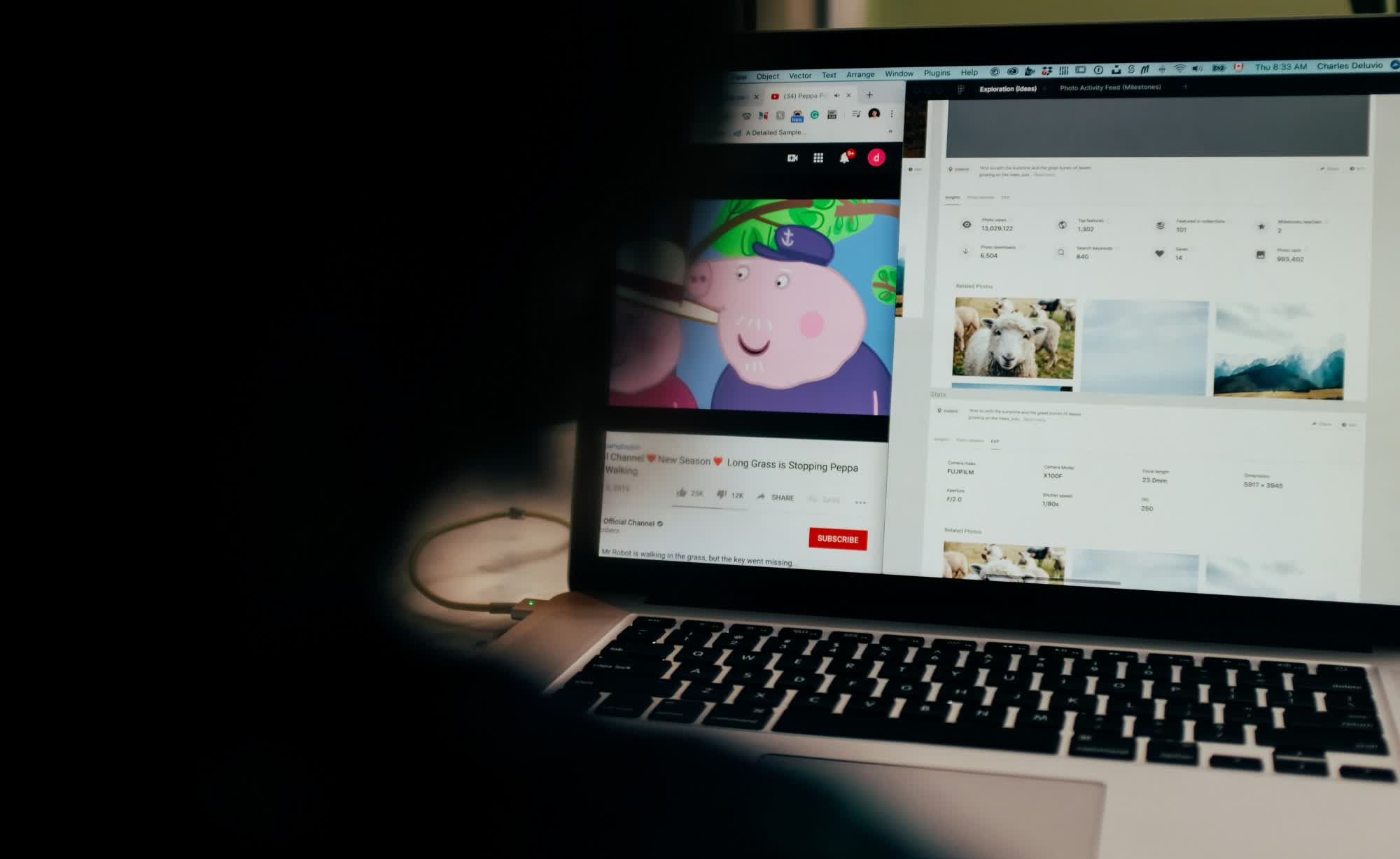The big picture: In the early days of the modern Internet, Viacom attempted to silence YouTube over its "brazen" infringement of Hollywood copyrights. Today, however, YouTube has become one of Hollywood's most reliable partners in legal streaming, even though copyright violations continue to occur on the platform.
According to new research by Adalytics, YouTube continues to host a significant amount of "premium" content despite its ongoing efforts to curb copyright infringement. In a study focused on evaluating the effectiveness of clients' advertising campaigns, Adalytics uncovered thousands of unlawful clips and shared a portion of these findings with The New York Times.
Adalytics founder Krzysztof Franaszek said the study identified more than 9,000 alleged copyright violations on YouTube. The infringing content included full-length Hollywood films still playing in theaters, Netflix exclusives, popular television shows such as Family Guy, and live broadcasts of college football games.
Collectively, the unauthorized clips garnered over 250 million views. Many of the films, uploaded between July 2024 and May 2025, were produced by major studios. Among them was Lilo & Stitch, the live-action remake of Disney's animated classic, which was officially released on May 23, 2025. Over 200,000 people had already watched the film on YouTube, potentially costing Disney millions of dollars in lost revenue.

YouTube currently combats copyright infringement through Content ID, Google's proprietary digital fingerprinting system designed to detect and flag unauthorized video streams. However, Franaszek suggests that the system may not be functioning as intended.
YouTube spokesperson Jack Malon countered this claim, stating that Content ID flagged 2.2 billion potentially infringing videos in the past year alone.
When YouTube detects an unauthorized upload, rights holders are given the choice to either remove the video or monetize it by collecting advertising revenue. According to Malon, approximately 90 percent of flagged videos are allowed to remain online, while the remaining 10 percent are removed. YouTube does not analyze the content of the videos that are taken down at the request of studios.
Malon also dismissed the Adalytics study, calling it a blatant marketing effort aimed at attracting new clients with eye-catching and misleading data. He argued that labeling the flagged videos as "illicit" without considering the rights holders' decisions reflects a fundamental misunderstanding of how YouTube's system operates today.
Franaszek said he launched the study after several Adalytics clients discovered that 60 percent of their ad spending was going to YouTube videos that were no longer available.
When a video is removed, YouTube also deletes any associated advertising records. Franaszek emphasized that his clients are seeking greater transparency into how their advertising budgets are being spent, and what types of content they're ultimately supporting.
